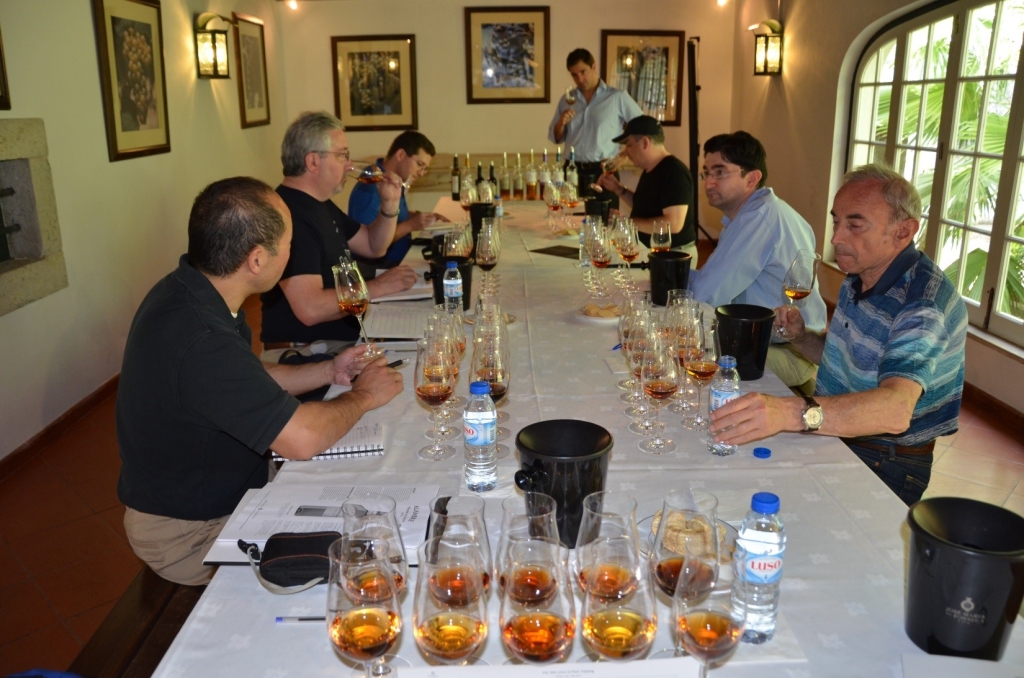Fortified wines have faced a roller coaster ride in the U.S. on-premise market in the recent past and wine sales from this segment of dessert wine remains challenging today. The three greatest obstacles for sale of fortified wines are:
- Possibly the most difficult hurdle of all for fortified wine; it becomes an even tougher sell after a meal accompanied by great bottles of bubbly, white and/or red wines. This is due to the huge emphasis placed on drunk driving laws, (especially in America) and the perception that consumption of fortified wine at the end of the meal, could spell trouble during the drive home.
- The lack of knowledge of fortified wines by most food and beverage servers and managers; the rare exception being the Somm community and even then, knowledge may be modest.
- Add to the equation, the all too frequently missed opportunity by restaurant owners/managers to enhance sales at the end of the meal. They’re often ineffective at emphasizing the potential revenues and tips that could be generated if sales of fortified wines were proactively promoted.
Sherry in particular, has seen a tremendous resurgence in Americ over the past three or four years. While the quality of fortified wines from Spain, France and other countries deserve a lot of attention, there’s no question that the dynamic diversity of fortified wines from Portugal remain the category leader.
While arguably the best kept secret of any Muscat-based wine, the seductively sweet Moscatel de Setubal is an exhilarating drink. I very much enjoy the Moscatel dry and sweet wines from Douro too, but those from Setubal are absolutely amazing and world class. Port’s prominence has begun to rebound as sales of its premium categories continue to gain popularity in America, and creative Port-centric cocktails continue to emerge. Several underutilized Port categories beyond vintage and tawnies with an indication of age would amiably enhance any dessert wine list’s arsenal: Colheita (vintage dated tawnies), Aged White, LBVs and Crusted Port are just a few examples.
Last but certainly not least, is Madeira, which is a category that’s on fire across the USA, even if this is true mostly amongst the serious collector class of drinkers. But there’s no question that the popularity is increasing each and every year. Not only have sales of Madeira continued to increase in the USA, but savvy restaurateurs find enticing ways to pair Madeira with all courses of the meal. Prices have been on the rise as old bottles from the 19th and early 20th century continue to become more scarce. On a more positive note, once a bottle of Madeira is opened, it’s incredible shelf life, acidity and distinctive flavors can be enjoyed for months, if not years.


Leave A Comment
You must be logged in to post a comment.